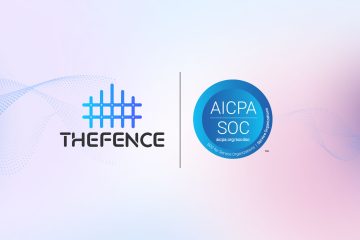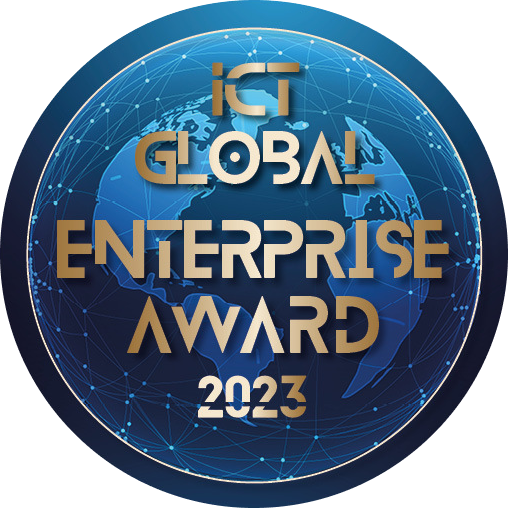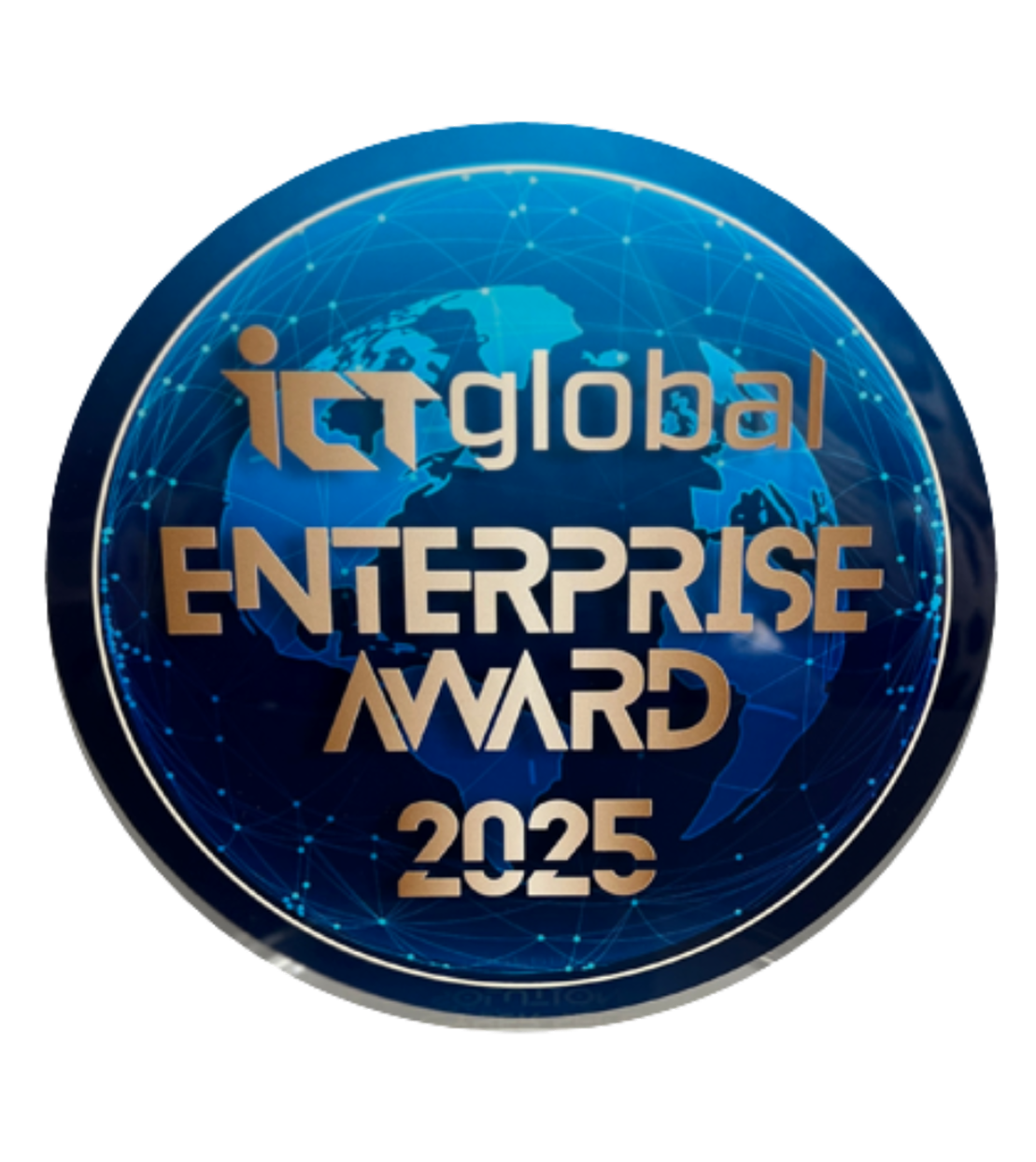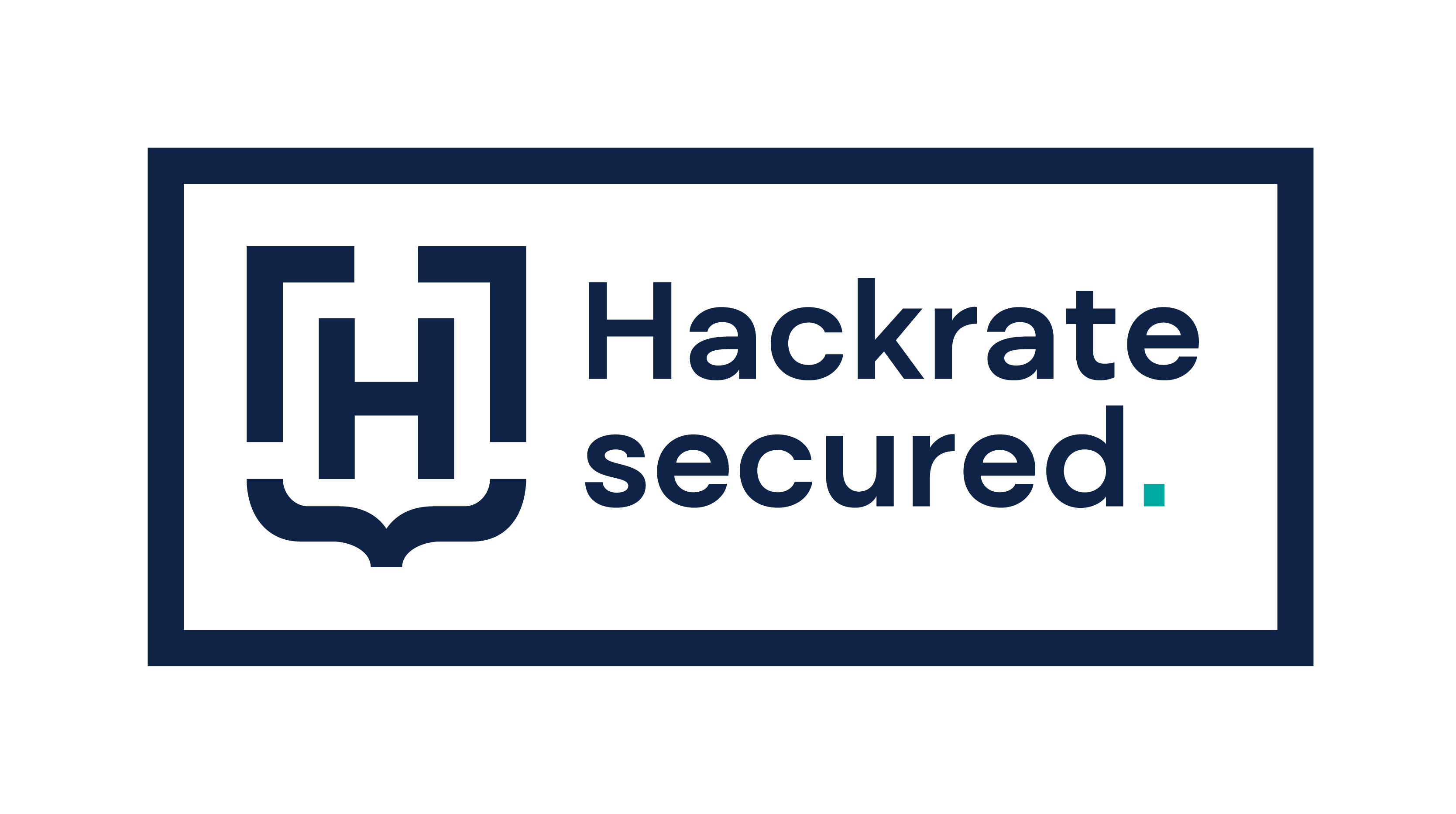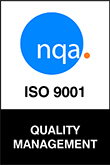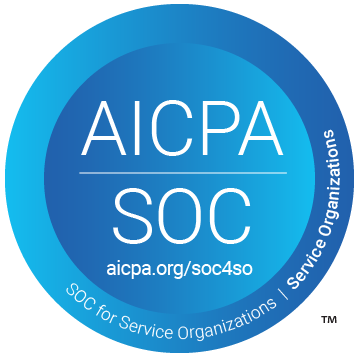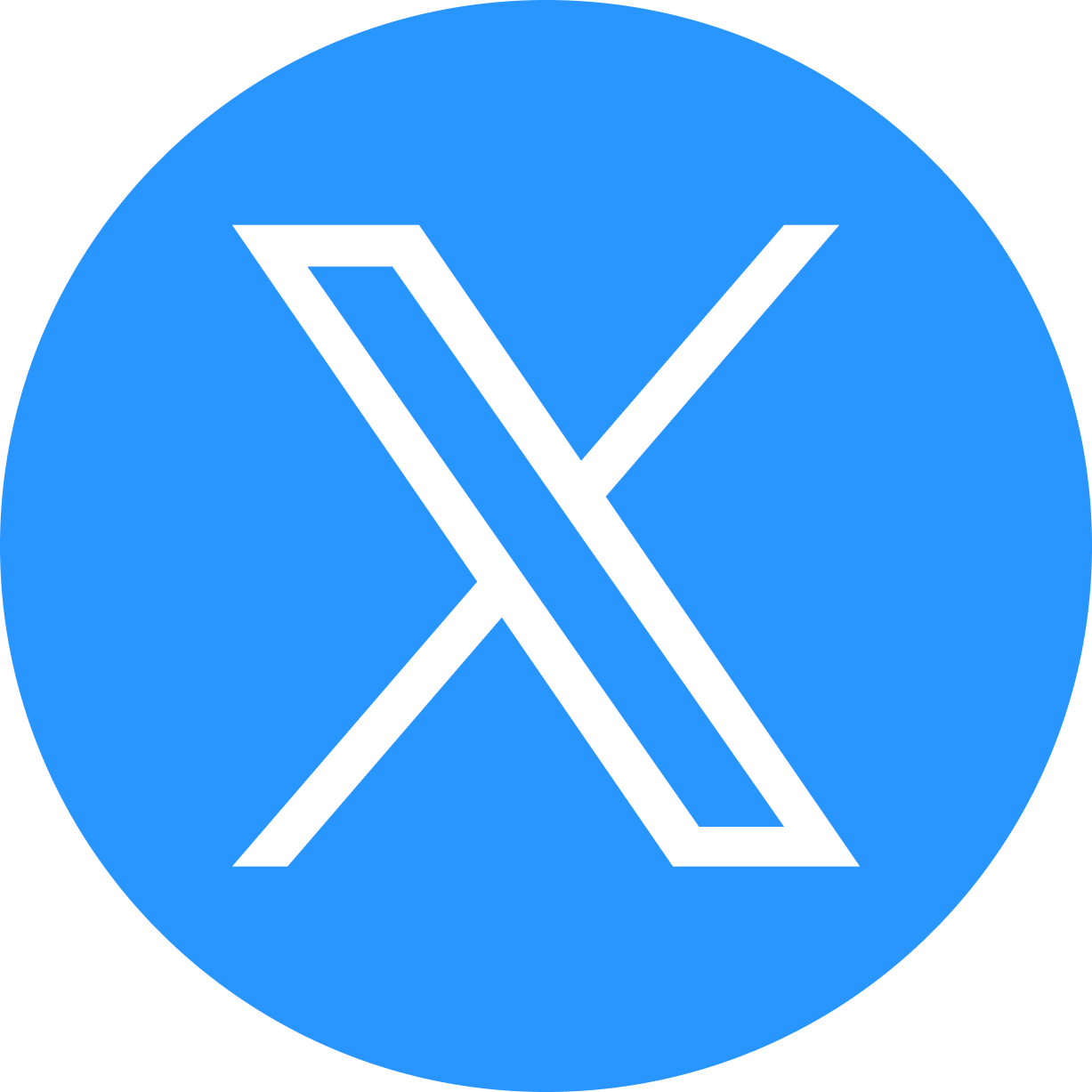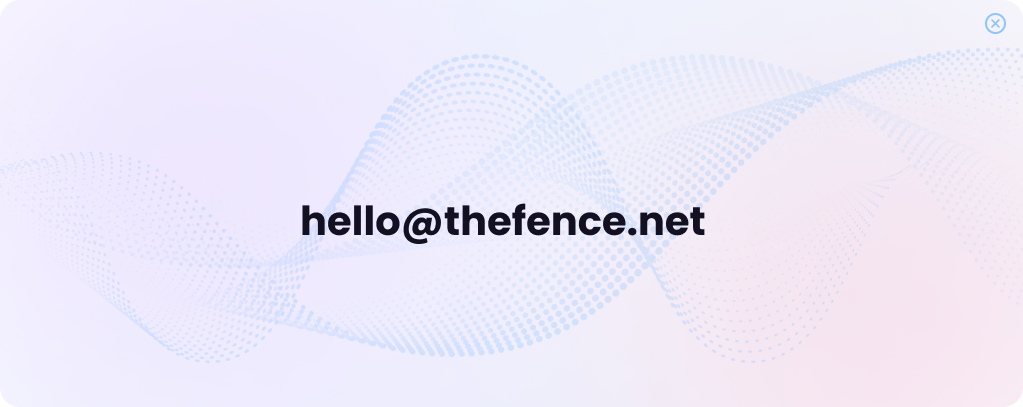With the rise of hybrid infrastructures and identity sprawl, IGA acts as a critical enforcement point to control who has access to what – and why – across the enterprise.
As organizations embrace hybrid infrastructure, decentralized workforces, and evolving regulatory mandates, IGA provides the structure to manage identity at scale with consistency and confidence.
This article explores the most relevant questions leaders and practitioners face when evaluating or deploying IGA – and how to turn identity governance into a measurable asset.
What are the biggest challenges in implementing an IGA solution?
Implementing IGA isn’t just a technical rollout – it’s a cross-functional transformation of identity control, compliance enforcement and operational workflow. The biggest challenges include:
- System Integration Complexity: Legacy systems and homegrown apps often lack support for modern identity protocols like SCIM, REST APIs, or SAML, complicating seamless integration with cloud-based services and directories.
- Siloed Ownership: When HR, IT, security and compliance teams each manage identity in isolation, lifecycle events become inconsistent or prone to failure.
- Poor Attribute Quality: Inaccurate or misaligned identity data – such as unstandardized department names or orphaned records – can result in broken policies, provisioning errors and increased audit risk.
- User Resistance: Transitioning to centralized, policy-driven workflows often meets resistance from users and managers – especially if approvals become more visible or access rights are revoked.
- Compliance Complexity: Implementing granular access controls that align with data protection laws (e.g. GDPR, HIPAA) and financial regulations (e.g. SOX, DORA) across hybrid environments increases operational overhead.
Pro Tip: A successful rollout requires phased implementation, early stakeholder alignment and data normalization as a foundational step.
How can IGA automate Identity Lifecycle Management?
IGA platforms automate joiner-mover-leaver (JML) processes by responding to real-time events from trusted sources (such as HR systems or directories) and executing policy-driven actions.
- Joiner (Onboarding): When a new hire is registered in the HR system, identity attributes are ingested and used to automatically:
- Create user accounts in directories,
- Assign groups and roles in RBAC/ABAC models,
- Provision entitlements to target systems via SCIM, LDAP, or REST APIs.
- Mover (Role Change): Upon department or job role change, entitlements are recalculated and updated dynamically based on current policy logic – ensuring least privilege and eliminating privilege accumulation over time.
- Leaver (Offboarding): On termination or departure, all active sessions are revoked, accounts are disabled or deleted across integrated systems and critical resources (e.g. shared mailboxes, SaaS platforms) are deprovisioned instantly to prevent orphaned access.
Key Benefit: Automation reduces mean-time-to-provision (MTTP), minimizes manual errors and strengthens access hygiene across the board.
What role does AI/ML play in modern IGA solutions?
Artificial Intelligence and Machine Learning are elevating IGA beyond static rule enforcement, bringing predictive and adaptive intelligence into identity workflows. Real-world applications include:
- Access Pattern Analysis: ML models analyze behavioral signals – such as login frequency, access paths, peer group comparison – to detect outliers or suspicious activity (e.g. lateral movement, privilege escalation, off-hours access).
- Role & Entitlement Optimization: Algorithms group similar access profiles, identify over-entitlements, and suggest refined access bundles – supporting role mining and reducing toxic combinations.
- Intelligent Access Recommendations: ML suggests access rights for new joiners based on historical patterns and peer comparisons, helping managers make more informed and faster approval decisions.
- Policy Adjustment: Risk scoring models dynamically adapt access control policies based on activity trends, helping prioritize reviews or automate low-risk decisions.
Important Caveat: ML should augment, not replace, human judgment. Automated suggestions streamline decisions, but ultimate responsibility remains with designated approvers and auditors.
How do I choose the right IGA solution for my organization?
Selecting an IGA solution means aligning technical capabilities with business priorities, regulatory exposure and operational maturity. Critical evaluation criteria include:
- Architecture Compatibility: Verify support for hybrid and multi-cloud environments, federated identity models, and integration with your enterprise IAM and security architecture – including privileged access controls, SIEM tools and Zero Trust frameworks.
- Integration Scope: Look for out-of-the-box and custom connectors that support industry standards (e.g. SCIM, SAML, REST, LDAP) to link HR systems, ITSM tools, IAM stacks and business-critical applications.
- Governance & Auditability: Ensure the platform supports fine-grained logging, policy-based enforcement, real-time dashboards, access review workflows, and traceable audit trails for compliance reporting.
- User Experience: Approvers, administrators and end users should have intuitive interfaces with contextual information – such as usage frequency, role risk or peer access – to enable smarter decisions.
- Extensibility: The platform should allow for customized workflows, scripting and integration with external logic engines or ticketing systems to handle complex enterprise scenarios.
Best Practice: Conduct a real-data proof of concept (PoC) with live integrations, sample reviews and role definitions before scaling to full deployment.
What are the best practices for a successful IGA implementation?
- Establish Governance Early: Define ownership over JML processes, policy design, access reviews and conflict management. Ensure both IT and business accountability.
- Clean Identity Data First: Normalize and deduplicate identity attributes (e.g. department codes, location, titles) across HR, AD and application systems to prevent mismatches.
- Prioritize High-Impact Use Cases: Start with core identity flows (onboarding, offboarding, access reviews) before extending to finer role granularity or entitlement risk scoring.
- Engage Stakeholders Across Domains: Align HR, IT, security, audit and business managers early in the process to ensure policies are practical and enforceable.
- Leverage ML Where It Adds Value: Use machine learning to support role modeling, access certification prioritization and anomaly detection – while retaining manual validation where needed.
- Track Operational KPIs: Monitor metrics like:
- Time-to-provision,
- Access review completion rates,
- Percentage of orphaned accounts removed,
- Number of toxic combinations detected,
- Audit findings related to access violations.
- Iterate Continuously: Identity governance is not “set and forget.” Fine-tune roles, policies and review cycles based on evolving org structure, system landscape and threat models.
Conclusion
IGA is more than a provisioning engine or compliance checkbox—it’s a foundational element of enterprise security strategy. Done right, it enables organizations to:
- Scale securely,
- Reduce identity-related risk,
- Respond quickly to audits and access requests,
- Improve operational efficiency,
- And uphold the principles of least privilege across the lifecycle.
As the number and diversity of digital identities continues to rise—including human, machine, and third-party actors—IGA provides the consistent control needed to govern access intelligently, transparently, and defensibly.
Ready to enhance your organization’s identity governance with TheFence? Contact us to explore how tailored IGA solutions can meet your unique security and compliance needs.
